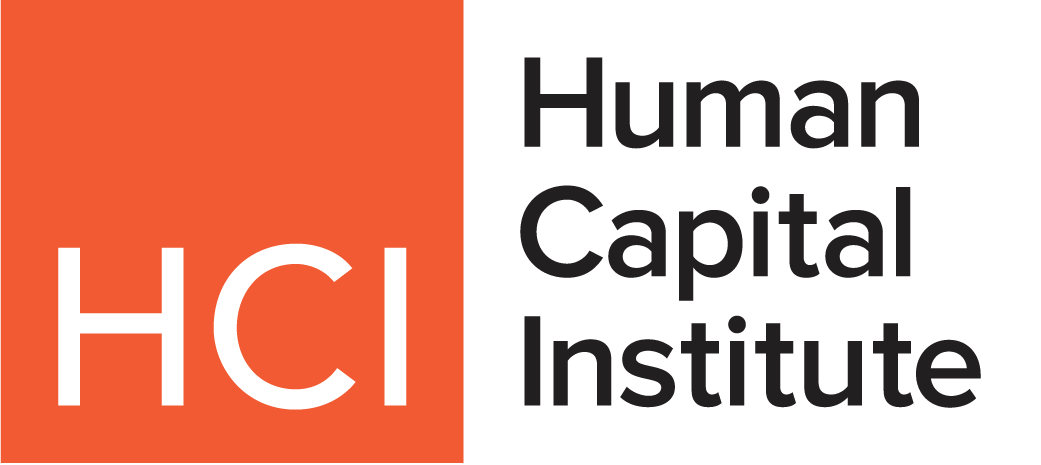In today’s fast-paced business world, HR leaders know that data holds the key to building stronger teams and driving company success. But what if you’re not a data wizard, or your budget is tighter than ever? Don’t worry! We sat down with Sarah Sheffer, Senior Manager of HR Data and Analytics at ADM and a speaker at Spark Talent 2025, who shares simple, actionable ways to use data to make a real difference, even with limited resources.
Here are 7 key takeaways from Sheffer on how to boost your HR data game:
1. Start Small, Win Big: Focus on Early Turnover Data
For HR teams just dipping their toes into people analytics, Sheffer has clear advice: dive into voluntary turnover data, especially for employees who leave within their first year. This specific metric is a powerful indicator as tackling early departures can significantly cut costs and provide easy-to-spot patterns you can act on quickly.
Sheffer’s Insight: “If you’re at the beginning of your people analytics journey… I would start personally with voluntary turnover within the first 12 months of employment. This is a very powerful indicator that can show a lot of insight into your onboarding practices or if people are being hired that aren’t necessarily the right culture fit for your organization.”
2. Ditch the Myth: You Don’t Need Pricey Software to Begin
A common belief is that you need expensive platforms for people analytics. Sheffer busts this myth wide open. You can achieve a lot with tools you already have.
Sheffer’s Insight: “The biggest misconception is that you need some big expensive platform to get started. In reality, good analytics is less about the tool and it’s more about the questions that you’re trying to answer. There’s a lot you can do within just Excel.”
3. Listen Up: Free Ways to Gather Rich Data
Even without a big budget, you can collect valuable people data. Sheffer highlights two effective, low-cost methods:
- Pulse Surveys: Use free tools like Microsoft or Google Forms to send out quick, focused surveys and gather immediate feedback.
- Structured Exit Interviews: Consistently structure your exit interviews. This helps you track trends over time and turn those valuable conversations into measurable information, not just anecdotes.
Sheffer’s Insight: “Employee listening is something that I think any organization should be doing. Some things that you can do for free using things like exit interviews and you can consistently structure them in a way that you can track them over time.”
4. Leverage What You Have: Your HR Systems are Data Goldmines
Don’t underestimate the power of your existing HR systems. Your HRIS (Human Resources Information System) or payroll system already holds a wealth of information. Even basic reports on things like headcount trends, how long it takes to fill jobs, or overall turnover can spark crucial conversations and insights.
Sheffer’s Insight: “Start with what’s available to you. There’s a lot of great information in your HRIS or your payroll system that can still give you some really, really great insights.”
5. Create Simple Dashboards: Your Conversation Starters
Sarah recommends creating consistent monthly dashboards using data you already have. Share these regularly with the right people. These basic visuals can lead to key questions like, “Why is this number high?” and prompt deeper, more strategic discussions with your HR partners and business leaders.
Sheffer’s Insight: “Don’t underestimate the value of a consistent monthly dashboard. This is data that you’ll already have, and when it’s shared with the right audience, it becomes that. It’s your conversation starter.”
6. Master the Art of Storytelling with Data
Beyond just pulling numbers, the most essential skill for HR data pros is being able to tell a story with data.This means taking raw numbers and turning them into clear, compelling narratives that inspire action. This skill transforms HR professionals from simple analysts into trusted strategic advisors. She advises always starting by asking: “What question are you trying to answer with the data?” This helps build that storytelling muscle. For further help, she highly recommends the book “Storytelling with Data.”
Sheffer’s Insight: “The biggest skill is being able to storytell with data, and that’s being able to translate raw numbers into compelling narratives that can drive action or can help push an outcome. Always lead with that question, ‘what are you trying to answer with the data?'”
7. Speak Their Language: Connect Data to Business Outcomes
To truly show leadership the value of your people analytics efforts, you must tie your insights back to real business outcomes, especially those tied to money.
Sheffer’s Insight: “If you start to connect some business metrics or some dollars to it, then leadership is like, ‘that’s what I want to know.’ Because that’s when you’re starting to speak their language.”
By putting these actionable strategies into practice, HR professionals can make a significant impact with people data, no matter their budget or experience level.
If you’re interested in hearing from more experts on HR and Talent, join us live in San Antonio at SPARK TALENT 2025 and get practical strategies focusing on workforce planning, talent acquisition, and AI-driven processes! We’ll have leaders from PepsiCo, Walmart, Staples, The Coca-Cola Company, and GE HealthCare speaking, with plenty of opportunities to connect with the HR community.




